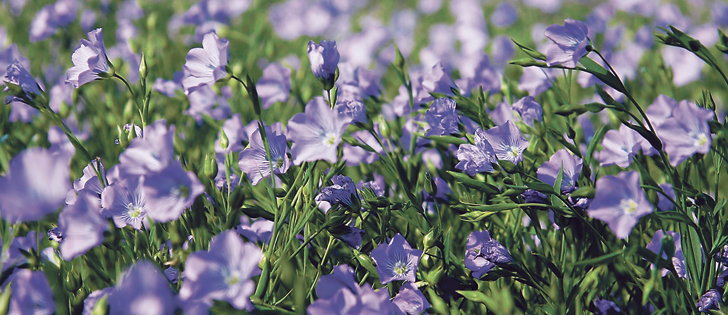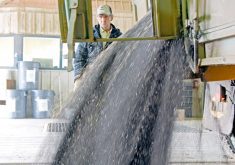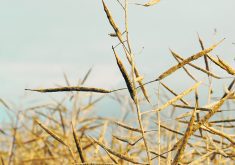Flax proponents remain hopeful that acreage could rebound this spring in Manitoba.
In 2016, flax acres were 64,441 acres, based on Manitoba crop insurance figures. Flaxseed has steadily declined in the province over the last decade. The seeded area was about 250,000 acres in the late 2000s.
Instead of flax, many Manitoba growers are opting for soybeans or canola, crops that are easier to grow and have much higher yield potential.
Eric Fridfinnson, Manitoba Flax Growers Association chair, said prices are relatively strong now and that may encourage an acreage bump. In late January, he sold flax for about $14 a bushel.
Read Also

Agri-business and farms front and centre for Alberta’s Open Farm Days
Open Farm Days continues to enjoy success in its 14th year running, as Alberta farms and agri-businesses were showcased to increase awareness on how food gets to the dinner plate.
Prices are robust because in 2016 the European Union reduced its residue tolerance levels for haloxyfop, a herbicide applied to flax crops in Russia and Kazakhstan but not registered in Canada.
Fridfinnson said the change in EU regulations should benefit Canadian growers.
“There’s more Canadian flax moving into Europe, which is a premium market and price is reflecting that.”
With prices in the $14 range, flaxseed is just as profitable as soybeans, he said.
“Under a good management system, it will pencil out very similarly,” Fridfinnson said in mid-February following the MFGA annual general meeting at Crop Connect, a two-day conference and trade show in Winnipeg.
On his farm, near Arborg, Fridfinnson targets a yield of 34 bushels per acre. But that figure is a rarity in the province.
In 2016, the average yield was 22.5 bu. per acre, using Manitoba Agriculture Services Corp. numbers.
Rachel Evans, Flax Council of Canada extension agronomist, said most flax growers generate 20 to 30 bu. per acre, but she is hoping to change that.
If producers can top 30 bu. per acre, flax becomes competitive with canola and much more attractive to growers.
In her Crop Connect presentation Evans ran through a list of agronomic practices that can boost yields from 22 to 35 bu. per acre:
- seeding earlier, maybe second week of May
- higher seeding rates
- using pre-plant herbicides
- increasing nitrogen rates and using fungicide to mitigate lodging
Of that list, seeding earlier and adjusting seeding rates are the easiest to immediately initiate, Evans said.
Flax seeds have a relatively low survival rate so planting more seeds provides multiple benefits.
“Just by increasing your seeding rate, you’re getting more even plant stand, more bolls per metre squared and better weed control.”








!["We're pretty confident there's going to be something in the [federal government's] Fall Economic Statement, but we'll see next week," said Ian Thomson, president of Advanced Biofuels Canada (ABFC). | Getty Images](https://static.producer.com/wp-content/uploads/2023/11/17122957/biofuel-GettyImages-155419399-235x165.jpg)







